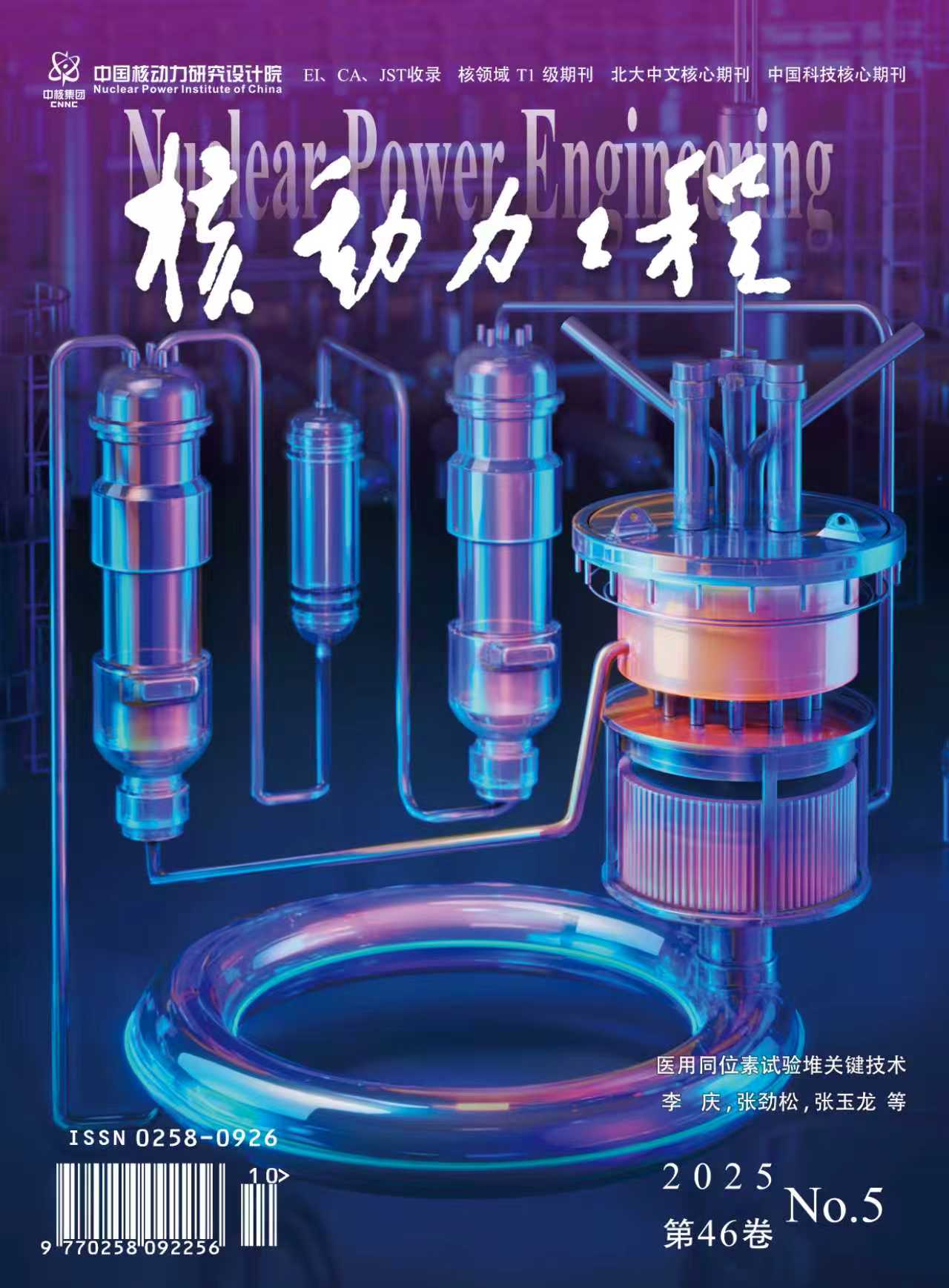2008 Vol. 29, No. 1
Display Method:
2008, 29(1): 1-4,9.
Abstract:
2008, 29(1): 5-9.
Abstract:
2008, 29(1): 10-13.
Abstract:
2008, 29(1): 14-18,24.
Abstract:
2008, 29(1): 19-24.
Abstract:
2008, 29(1): 25-29.
Abstract:
2008, 29(1): 30-34.
Abstract:
2008, 29(1): 35-38.
Abstract:
2008, 29(1): 39-41,45.
Abstract:
2008, 29(1): 42-45.
Abstract:
2008, 29(1): 46-49.
Abstract:
2008, 29(1): 50-52,80.
Abstract:
2008, 29(1): 53-56.
Abstract:
2008, 29(1): 57-60.
Abstract:
2008, 29(1): 61-65.
Abstract:
2008, 29(1): 66-69,95.
Abstract:
2008, 29(1): 70-72.
Abstract:
2008, 29(1): 73-75.
Abstract:
2008, 29(1): 76-80.
Abstract:
2008, 29(1): 81-86.
Abstract:
2008, 29(1): 87-90,105.
Abstract:
2008, 29(1): 91-95.
Abstract:
2008, 29(1): 96-100,128.
Abstract:
2008, 29(1): 101-105.
Abstract:
2008, 29(1): 106-109,120.
Abstract:
2008, 29(1): 110-114.
Abstract:
2008, 29(1): 115-120.
Abstract:
2008, 29(1): 121-124,128.
Abstract:
2008, 29(1): 125-128.
Abstract:



